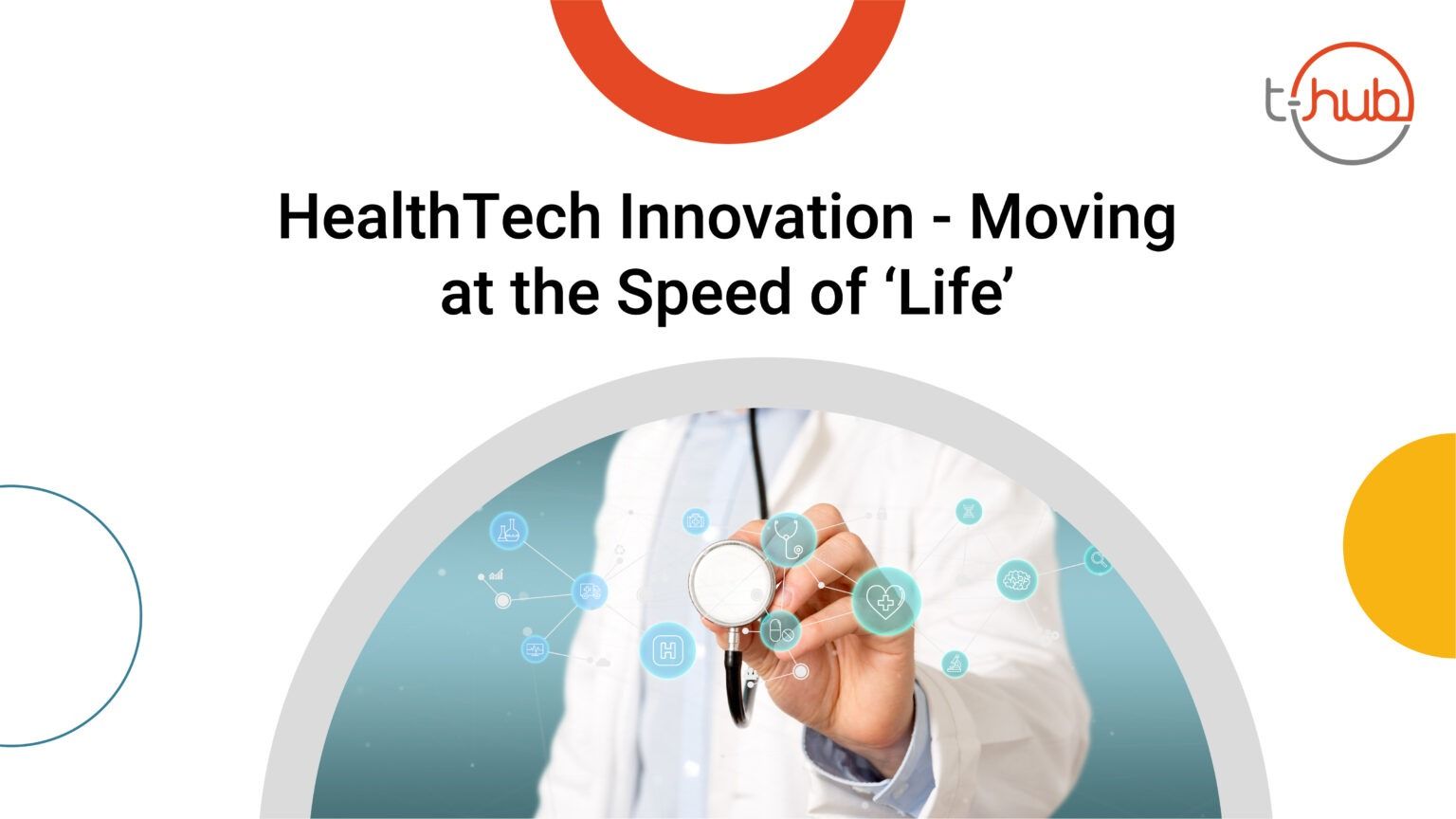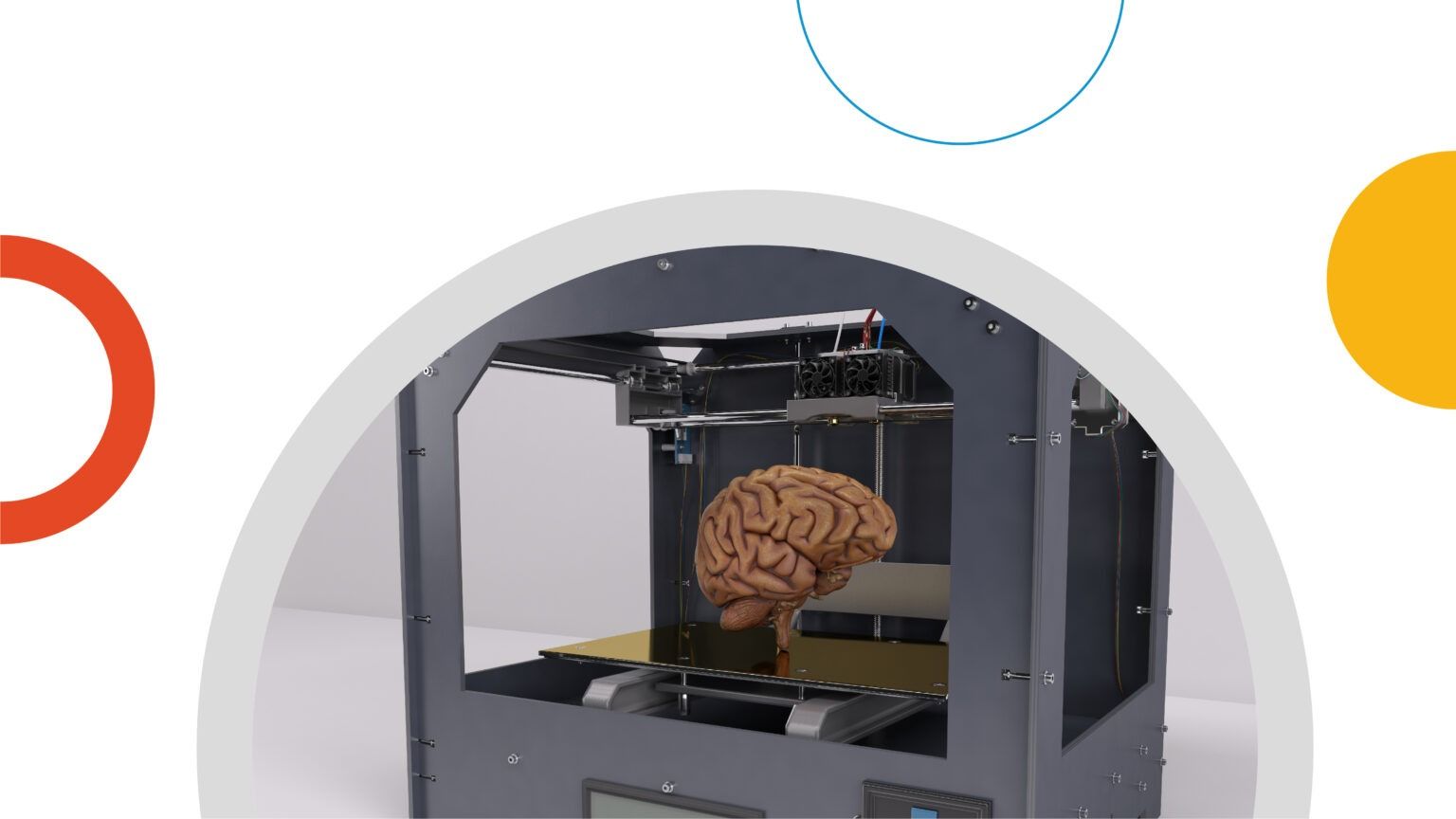The impact of COVID-19 on the evolving global healthcare ecosystem has prompted the global healthcare industry to build innovative solutions that would go a long way in supporting patient care. The ‘new normal’ has necessitated a surge in innovations by leveraging cutting-edge technologies. Globally, hospitals and the medical community at large have swiftly adapted to new digital technologies, a transition that had been slow in the pre-pandemic era.
Here’s looking at some of the key HealthTech innovations that have empowered consumers and improved their healthcare journeys:
Monitoring patients through telemedicine

During a time when overcrowded hospitals and the overwhelmed healthcare infrastructure are grappling with the challenges posed by the pandemic, telemedicine has emerged as a convenient tool to manage patient care. It offers a viable alternative for in-person doctor consultations and allows the patient to avail of a variety of remote services from the comfort of their home. Videoconferencing and web-enabled medical devices, such as stethoscopes and smart insulin pens, have simplified patient-doctor interactions.
COVID-19 has paved the way for a future where virtual care might be preferred over in-person visits.
98point6 is a company that focuses on providing patients remote access to primary care. It leverages Artificial Intelligence (AI) to connect patients with a doctor. Its 24/7 app uses audio and video capabilities for diagnosis and treatment, and provides prescriptions and lab orders. The company’s AI-powered platform and text-based modality empowers patients to take charge of their health.
Managing valuable patient data using Big Data

Even before the pandemic hit, several players in the global healthcare ecosystem had embraced big data to store, manage and coordinate patient care. Big data and analytics and the Internet of Things (IoT) have significantly improved healthcare outcomes for consumers by providing them with personalised and preventive care solutions. Valuable patient records stored in medical wearables, electronic health records (EHR) and medical imaging provide insights into a patient’s genomics and consumer behaviour. The information gathered enables accurate treatment and improved quality of life. The collection of meaningful patient data is especially useful amid the pandemic. Here are a couple of examples of HealthTech startups that leverage big data:
InnVentis, an Israeli HealthTech firm, leverages big data and machine learning to treat and prevent inflammation-caused diseases, such as rheumatoid arthritis. The company uses real-world reference databases, algorithms, and a safe/secure ICT architecture to allow precise real-time diagnostics, disease monitoring and treatment decisions.
SiTuple is a Bengaluru-based startup that leverages AI, robotics and data science to improve screening solutions and predict diseases. Its innovative products have been built to usher in standardisation, scalability and reliability in diagnostics.
Building innovative medical products using Augmented and Virtual Reality

AR and VR and gamification are powerful tools used in the HealthTech industry to diagnose and treat a variety of diseases and health conditions. The technology has been leveraged to build innovative products that use cameras and sensors to carry out various functions, such as pain management, measuring joints and providing an immersive environment for dental patients. Here are a few examples of HealthTech startups that leverage AR/VR technologies:
XRHealth is a US-based startup that provides virtual treatment to patients using a VR headset. The technology is leveraged to treat and manage conditions, such as post-COVID rehab, ADHD (Attention Deficit Hyperactivity Disorder), speech language therapy and memory and cognitive training, among others.
Osso VR is a US-based startup that attempts to transform surgical training by leveraging VR. Surgeons use the innovative platform for complex surgeries, and medical students use them in their residency programs to address training gaps.
Saving human lives through 3D printing

The healthcare sector is increasingly turning to 3D printing technology to provide innovative solutions to varied health issues. 3D printing is used for a range of medical applications, such as creating vascular stents, replicating human tissues and healing damaged human joints.
3D printing enables medical professionals to fuel innovation in the area of medical devices. The technology has spurred product development and prototyping and revolutionised tissue engineering.
Mumbai-based Anatomiz3D Medtech develops innovative healthcare solutions by leveraging 3D printing. The startup specialises in patient-specific solutions in the areas of 3D printing, rapid prototyping and bioprinting technologies. Anatomiz3D Medtech has partnered with Apollo Health City in Hyderabad to set up a 3D printing lab on its premises. The 3D technology assists surgeons in planning the entire surgery, thus improving the patient journey and reducing anaesthesia time.
Relying on AI-powered robots for healthcare needs

Ever thought you’d live in a world where you’d rely more on robots than on doctors for your medical treatment? The reality is that in today’s world, AI-powered robots are conducting a variety of tasks, such as assisting surgeons and rehabilitating patients. Robots became an indispensable part of the healthcare ecosystem during the pandemic as they were used for disinfecting hospital wards, monitoring patients, transporting medical supplies and assisting frontline medical workers.
Mangalore-based Vanora Robots uses their unmanned AI-powered robots to disinfect hospitals and schools. The startup leverages UV technology to fight the virus—the robot disperses high doses of ‘type C’ ultraviolet rays that destroy the genetic material of the virus and other pathogens.
Mitra, a humanoid robot developed by Bengaluru-based Invento Robotics, has been one busy robot during the pandemic. It leverages facial technology to interact with patients, assist doctors and nurses in hospitals and record patient vitals. It has also helped patients connect with their families through powerful video feeds.
The greatest promise of the pandemic lies in the robust innovation that will sustain the HealthTech sector in the long run. Remote patient monitoring systems and AI and machine learning technologies will radically transform the global healthcare landscape in a post-COVID-19 world. Thus, now, more than ever, it is critical for stakeholders to understand the needs and preferences of patients to ensure that they are empowered enough to take responsibility for their health.





